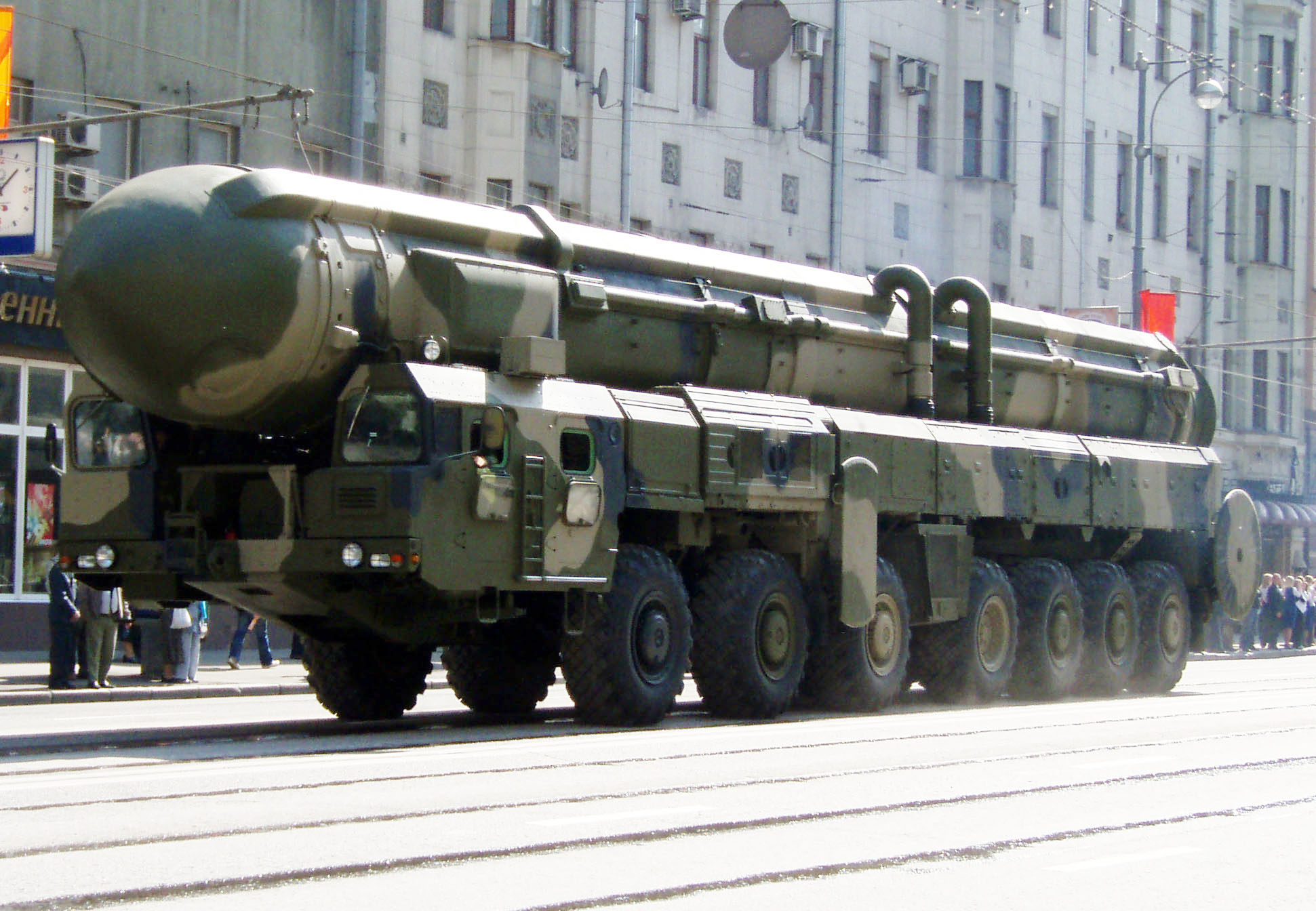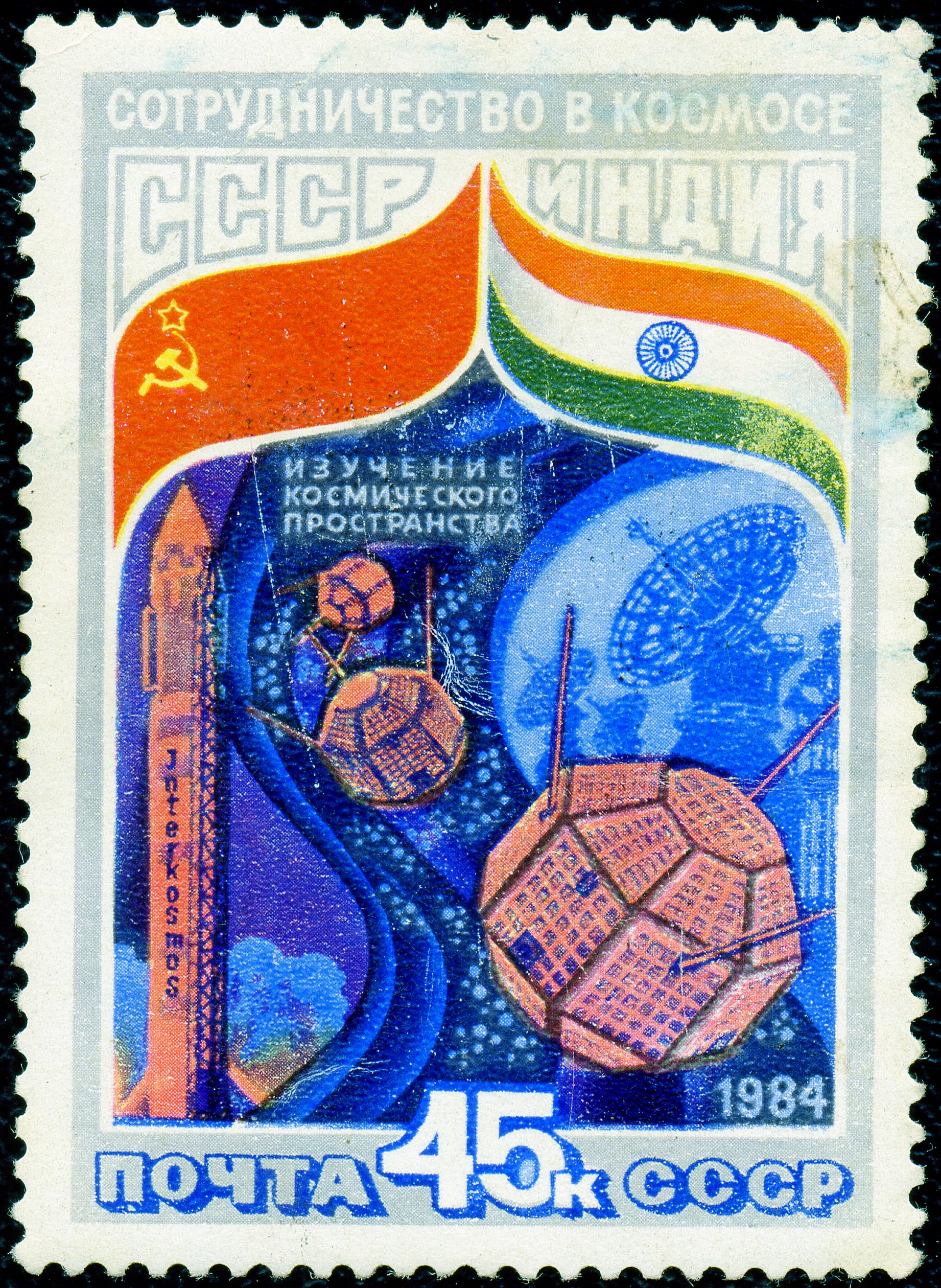|
Glavcosmos
Glavkosmos () is a Russian launch service provider and subsidiary of the State Corporation for Space Activities "Roscosmos". In the Soviet Union, Glavkosmos was the prime authority for implementing cooperative agreements with foreign bodies, with activities including commercial utilisation of Soviet systems and flying foreign cosmonauts aboard Soviet spacecraft. Since the breakup of the Soviet Union and creation of Roscosmos, it has been concerned with converting military technology for use in civil applications as well as commercialisation of Russian space technology. History On 26 February 1985, the Ministry of General Machine-Building of the Soviet Union issued an order that formed the Main Department for the creation and use of space technology for the national economy and scientific research – Glavkosmos. Although it was originally envisioned to command all Soviet space activities, it worked more as a marketing and coordinating body than an executive agency. During th ... [...More Info...] [...Related Items...] OR: [Wikipedia] [Google] [Baidu] |
Ministry Of General Machine-Building
The Ministry of General Machine-Building (; MOM), also known as ''Minobshchemash'', was a Ministries of the Soviet Union, government ministry of the Soviet Union from 1955 to 1957 and from 1965 to 1991. The ministry supervised OKB, design bureaus that managed the research, development, and production of ballistic missiles as well as launch vehicles and satellites in the Soviet space program. While Soviet rocketry organizations date back to 1921, the Ministry of General Machine-Building, upon being founded in 1955, became a dedicated department for aerospace technology. It was dissolved in 1957 but was reinstated in 1965. Various projects of the Soviet space program were developed at the ministry. It also began commercially providing launch services abroad through its Glavkosmos agency during the ''perestroika'' reforms of the late 1980s. The ministry was permanently abolished in 1991 amid the dissolution of the Soviet Union. The Russian Space Agency, which would later become ... [...More Info...] [...Related Items...] OR: [Wikipedia] [Google] [Baidu] |
Roscosmos
The State Corporation for Space Activities "Roscosmos", commonly known simply as Roscosmos (), is a State corporation (Russia), state corporation of the Russian Federation responsible for space science, space flights, List of space agencies, cosmonautics programs, and aerospace research. Originating from the Soviet space program founded in the 1950s, Roscosmos emerged following the dissolution of the Soviet Union in 1991. It initially began as the Russian Space Agency,, ''Rossiyskoye kosmicheskoye agentstvo'', or RKA (). which was established on 25 February 1992 and restructured in 1999 and 2004 as the Russian Aviation and Space Agency, ''Rossiyskoye aviatsionno-kosmicheskoye agentstvo'', commonly known as (), established on 25 May 1999. and the Federal Space Agency (Roscosmos), (Роскосмос), ''Federalnoye kosmicheskoye agentstvo (Roskosmos)''. respectively. In 2015, the Federal Space Agency (Roscosmos) was merged with the United Rocket and Space Corporation, ... [...More Info...] [...Related Items...] OR: [Wikipedia] [Google] [Baidu] |
Open Joint-stock Company
A public joint-stock company, abbreviated PJSC (, abbreviated ) or open joint-stock company, abbreviated OJSC (, abbreviated ), is a type of company in many successor states of the Soviet Union, particularly in Russia. Its distinguishing feature is the right of stockholders to trade in stocks without the permission of other stockholders. These public stock companies are somewhat comparable to corporations under US law. Examples in Commonwealth of Independent States, CIS See also * Types of business entity in Russia * Government-owned corporation#Belarus * Unitary enterprise References External links Public joint-stock company at International Legal Corporation Economy of Russia Types of business entity {{Russia-company-stub ... [...More Info...] [...Related Items...] OR: [Wikipedia] [Google] [Baidu] |
Geostationary Transfer Orbit
In space mission design, a geostationary transfer orbit (GTO) or geosynchronous transfer orbit is a highly elliptical type of geocentric orbit, usually with a perigee as low as low Earth orbit (LEO) and an apogee as high as geostationary orbit (GEO). Satellites that are destined for geosynchronous orbit (GSO) or GEO are often put into a GTO as an intermediate step for reaching their final orbit. Larson, Wiley J. and James R. Wertz, eds. Space Mission Design and Analysis, 2nd Edition. Published jointly by Microcosm, Inc. (Torrance, CA) and Kluwer Academic Publishers (Dordrecht/Boston/London). 1991. Manufacturers of launch vehicles often advertise the amount of payload the vehicle can put into GTO. Background Geostationary and geosynchronous orbits are very desirable for many communication and Earth observation satellites. However, the delta-v, and therefore financial, cost to send a spacecraft to such orbits is very high due to their high orbital radius. A GTO is an intermedia ... [...More Info...] [...Related Items...] OR: [Wikipedia] [Google] [Baidu] |
Kayser-Threde
Kayser-Threde GmbH based in Munich, Germany is a systems house specializing in applications in crewed and uncrewed space missions, optics, telematics, crash test data acquisition, and process control for the rail sector. On September 1, 2014, Bremen-based OHB System AG and Munich-based Kayser-Threde GmbH merged under the name OHB System AG, combining both companies' capabilities and capacities. Space Kayser-Threde has delivered over 100 scientific instruments, systems and sub-systems for crewed space stations, satellites and interplanetary missions. Optical systems and subsystems for eight space telescopes and space cameras for astronomical and earth observation have been implemented. Industrial applications *Automotive *Process Control Systems The automotive and process control applications have their origins in Kayser-Threde's astronautics activities. Thus, they are examples for transfer of technology spin-off Spin-off, Spin Off, Spin-Off, or Spinoff may refer to: Enterta ... [...More Info...] [...Related Items...] OR: [Wikipedia] [Google] [Baidu] |
Protein Crystallization
Protein crystallization is the process of formation of a regular array of individual protein molecules stabilized by crystal contacts. If the crystal is sufficiently ordered, it will diffract. Some proteins naturally form crystalline arrays, like aquaporin in the lens of the eye. In the process of protein crystallization, proteins are dissolved in an aqueous environment and sample solution until they reach the supersaturated state. Different methods are used to reach that state such as vapor diffusion, microbatch, microdialysis, and free-interface diffusion. Developing protein crystals is a difficult process influenced by many factors, including pH, temperature, ionic strength in the crystallization solution, and even gravity. Once formed, these crystals can be used in structural biology to study the molecular structure of the protein, particularly for various industrial or medical purposes. Development For over 150 years, scientists from all around the world have known a ... [...More Info...] [...Related Items...] OR: [Wikipedia] [Google] [Baidu] |
Aussat-2
This is a list of the satellites operated by Optus, an Australian telecommunications company. The satellite communications facility is located at Belrose on Sydney's Northern Beaches. Optus' satellites are divided into 4 classes A, B, C and D. As of April 2014 it owns and operates Optus B3, Optus C1, Optus D1, Optus D2 and Optus D3. Optus A1, Optus A2, Optus A3 and Optus B1 satellites have been retired. Optus has the largest network of satellites in Australia and New Zealand. On 2 February 2014, NBN Co of Australia chose Optus for a five-year contract to operate two purpose-built satellites (the Sky Muster satellites) to deliver high speed broadband across rural and remote Australia. A-Class *Satellite Type: Hughes HS-376 *Design Life: 7 Years for A1 & A2 – 10 Years for A3 *Equipment: 15 Ku band transponders (including four 30W transponders and eleven 12W transponders) *Diameter: 2.2m *Height: 2.9m (stowed), 6.3m (deployed) The Aussat A-Class satellites were funded by the Go ... [...More Info...] [...Related Items...] OR: [Wikipedia] [Google] [Baidu] |
Option (finance)
In finance, an option is a contract which conveys to its owner, the ''holder'', the right, but not the obligation, to buy or sell a specific quantity of an underlying asset or instrument at a specified strike price on or before a specified date, depending on the style of the option. Options are typically acquired by purchase, as a form of compensation, or as part of a complex financial transaction. Thus, they are also a form of asset (or contingent liability) and have a valuation that may depend on a complex relationship between underlying asset price, time until expiration, market volatility, the risk-free rate of interest, and the strike price of the option. Options may be traded between private parties in '' over-the-counter'' (OTC) transactions, or they may be exchange-traded in live, public markets in the form of standardized contracts. Definition and application An option is a contract that allows the holder the right to buy or sell an underlying asset or financia ... [...More Info...] [...Related Items...] OR: [Wikipedia] [Google] [Baidu] |
Down Payment
In accounting, a down payment (also called a deposit in British English) is an initial up-front partial payment for the purchase of expensive goods or services such as a car or a house. It is usually paid in cash or equivalent at the time of finalizing the transaction. A loan of some sort is then required to finance the remainder of the payment. The main purposes of a down payment is to ensure that the lending institution has enough capital to create money for a loan in fractional reserve banking systems and to recover some of the balance due on the loan in the event that the borrower defaults. In real estate, the asset is used as collateral in order to secure the loan against default. If the borrower fails to repay the loan, the lender is legally entitled to sell the asset and retain enough of the proceeds to repay the remaining balance on the loan, including fees and interest added. A down payment, in this case, reduces the lender's risk to less than the value of the colla ... [...More Info...] [...Related Items...] OR: [Wikipedia] [Google] [Baidu] |
Foton (satellite)
Foton (or Photon) is the project name of two series of Russian science satellite and reentry vehicle programs. Although uncrewed, the design was adapted from the crewed Vostok spacecraft capsule. The primary focus of the Foton project is materials science research, but some missions have also carried experiments for other fields of research including biology. The original Foton series included 12 launches from the Plesetsk Cosmodrome from 1985 to 1999. The second series, under the name Foton-M, incorporates many design improvements over the original Foton, and is still in use. So far, there have been four launch attempts of the Foton-M. The first was in 2002 from the Plesetsk Cosmodrome, which ended in failure due to a problem in the launch vehicle. The last three were from the Baikonur Cosmodrome, in 2005, 2007, and 2014; all were successful. Both the Foton and Foton-M series used Soyuz-U (11A511U and 11A511U2) rockets as launch vehicles. Starting with the Foton-7 mission, the ... [...More Info...] [...Related Items...] OR: [Wikipedia] [Google] [Baidu] |
Bhaskara (satellite)
Bhaskara-I and -II were two satellites built by the Indian Space Research Organisation that formed India's first low-Earth orbit Earth observation satellite. They collected data on oceanography and hydrology. The satellites are named after the ancient Indian mathematicians Bhāskara I and Bhāskara II. R. M. Vasagam was the project director. Bhaskara-I Bhaskara-I, weighing 444 kg at launch, was launched on 7 June 1979 from Kapustin Yar aboard the Intercosmos launch vehicle. It was placed in an orbital perigee and apogee of 394 km and 399 km at an inclination of 50.7°.Bharat-rakshak.com Indian satellite systems The satellite consisted of: *Two |





